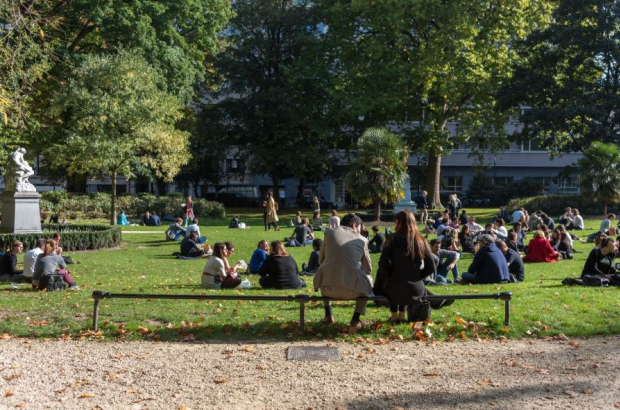- Daily & Weekly newsletters
- Buy & download The Bulletin
- Comment on our articles
EU exploring: There's more to Brussels' European district than meets the eye
More than 30,000 visitors descended on Brussels' European district earlier this month for the EU Open Day. It seems at first glance to be a neighbourhood dominated by busy roads and office buildings, but there are plenty of interesting spots to discover along the way - and it is a part of the city that is changing fast as the Brussels region hopes to improve liveability in the EU quarter. A lot of effort has been made to diversify the neighbourhood, by introducing more housing, more shops and pedestrian squares.
In just the past week, we have had news about a major plan to turn the roundabout into an "urban meeting place", creating an open-air forum under a metal canopy, and a pedestrian area stretching from the European Council's new building to the edge of the Cinquantenaire park. Work on the €7.78 million project could begin later this year.
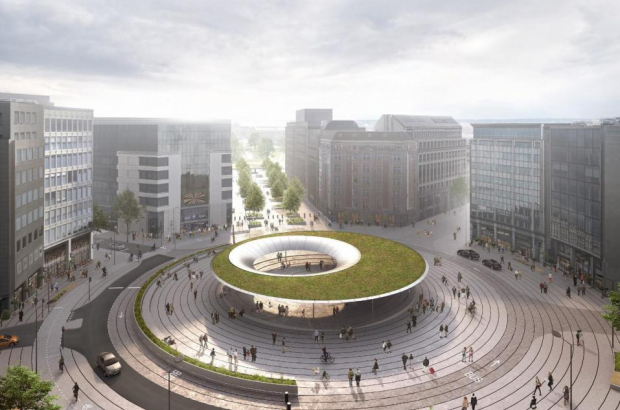
A study has also been commissioned on the possibility of constructing a pedestrian and cycle bridge between Schuman and Place du Luxembourg, following the path of the railway line and completely separated from traffic.
"For more than 30 years we have seen this square abandoned," says Marion Wolfers, a member of Schuman Square, a local association was established in 2013 to give a new lease of life to the area around the Schuman roundabout. "Now everyone is together - the neighbours, businesses, traders and the European institutions, who have recently been getting to know each other." Schuman Square has been busy organising events on the roundabout - from Christmas markets and an annual bread festival to dancing and games of chess.
Take a walking tour around the EU district
From Schuman, walk up the Petite Rue de la Loi to Cinquantenaire park and you'll find another local hangout that has just reopened. The Guinguette Maurice is one of the city's summer pop-up bars, which can be found in parks dotted around Brussels. Open seven days a week from 11.00 to 22.00 until the end of the season, it's a place to enjoy a local beer and organic food with colleagues or friends. There will also be activities organised all summer long, from yoga to dance classes, working in collaboration with the local community.
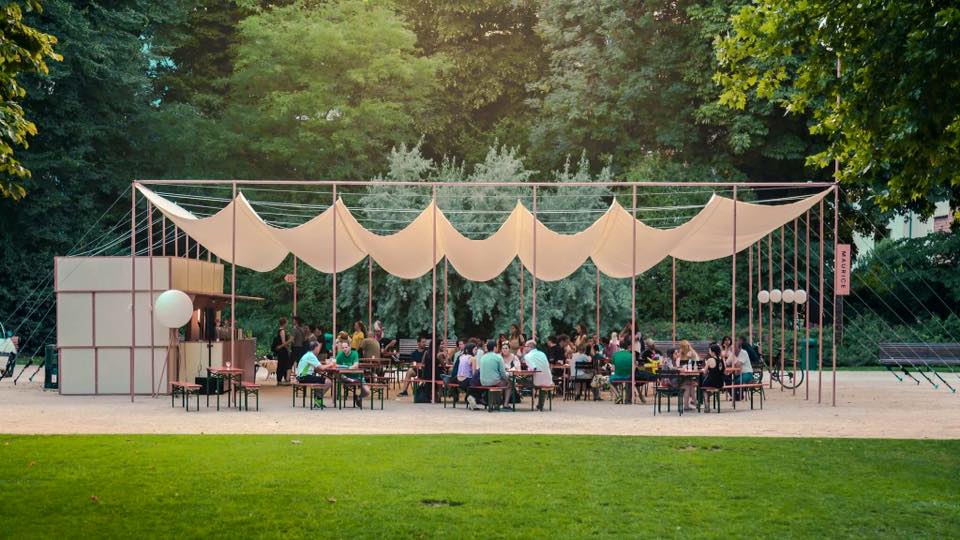
A short walk from Cinquantenaire brings you to three adjoining squares - Marguerite, Ambiorix and Marie-Louise - where architectural highlights include the Unesco-protected Hôtel van Eetvelde. This building was designed in 1895 by Belgian master architect Victor Horta for Edmund van Eetvelde, a diplomat and secretary-general of the Congo. The main house has, among other elements characteristic of Horta's style, large numbers of exposed metal elements, a winter garden and a broad façade with an industrial appearance.
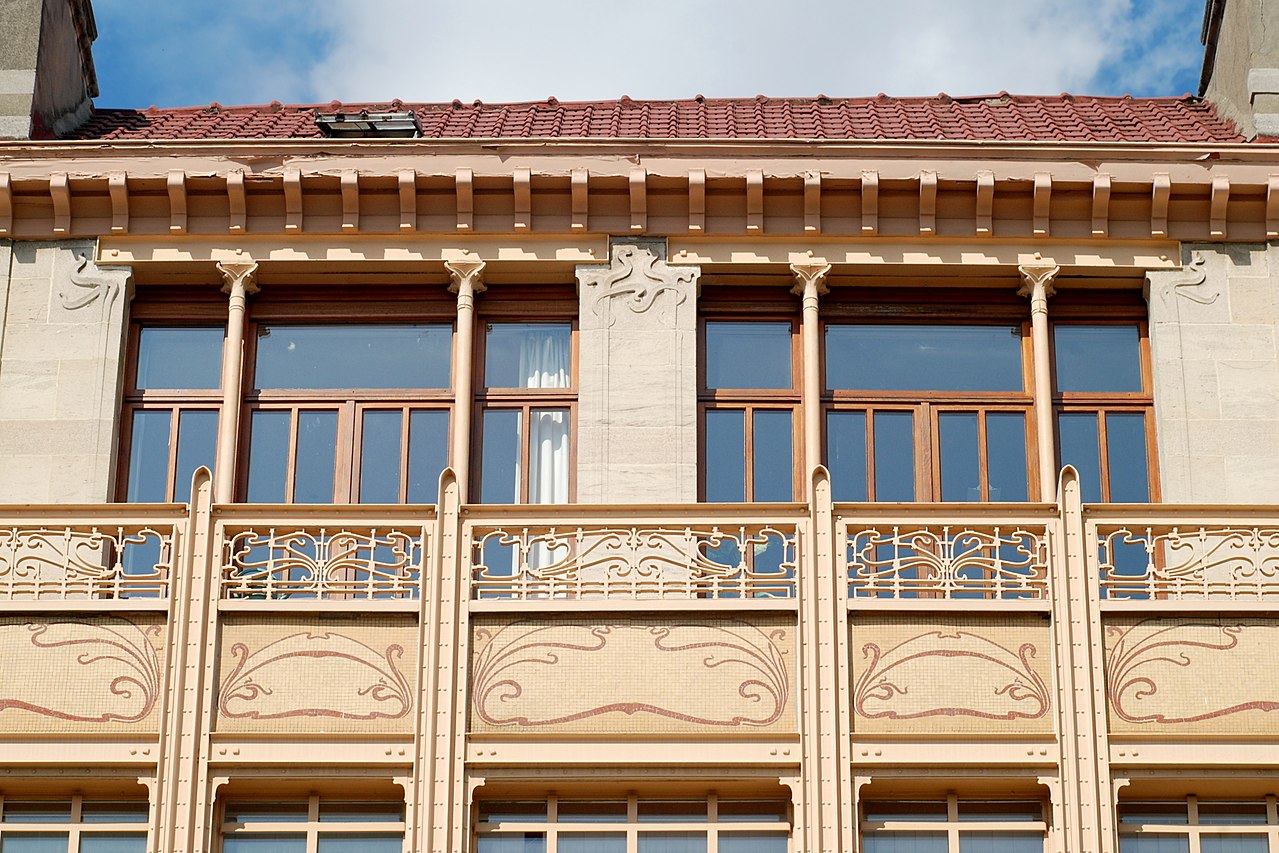
Along the road from Square Marie-Louise, next to Maelbeek metro station, you'll find a local market every Thursday from 12.00-19.00. Jeudi Jardin is a lively European food and drink market in the Maelbeek Gardens and a popular spot to enjoy lunch in the sun or an apéro after work.
Past Maelbeek, round the back of the European Council building, brings you to Place Jean Rey, where 24 hidden fountains spurt in the summer. The square has undergone a transformation in recent years and is emerging as another food and drink hotspot, with Frederic Nicolay’s Le Grand Central bringing a cool industrial look to the neighbourhood. The two-floor bar is open from early morning until late at night with a menu of good coffee, organic lunches and Belgian beers. On the square itself on Wednesdays you'll find food trucks and long communal benches to enjoy lunch or a drink together.
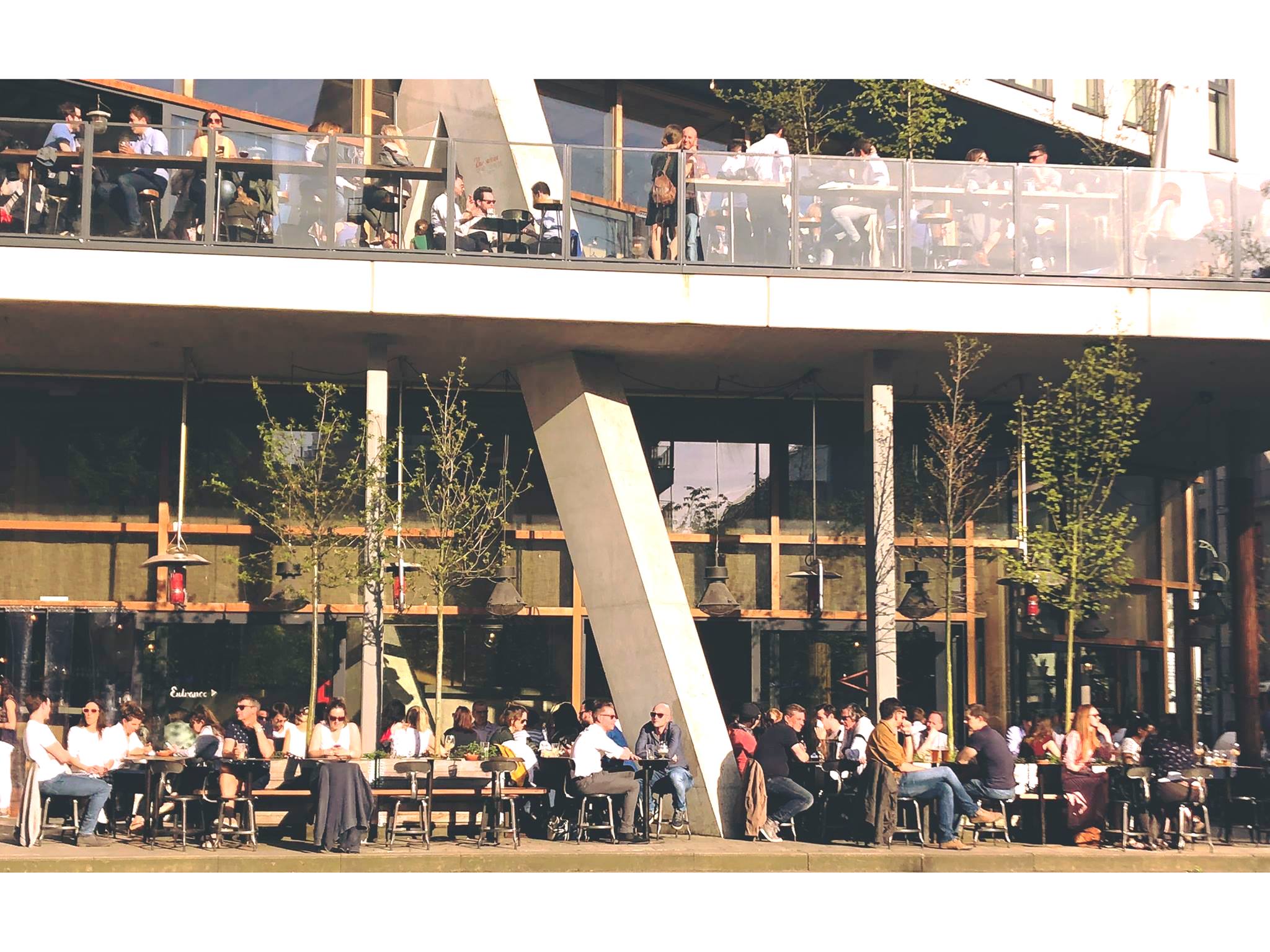
Now head across the road to the beautiful Parc Léopold where a city zoo opened in 1850. It didn’t last long, but you can still see the original entrance pavilions decorated with lion’s heads. The former George Eastman Dental Institute, just inside the park, is now the home of Brussels' new House of European History, the culmination of an idea first proposed 10 years ago by German politician Hans-Gert Pöttering, the then-president of the European parliament.
The permanent display is both chronological and thematic, starting with the question of a common European identity, and focusing on the events of the 20th century. The latest temporary exhibition, meanwhile, is called Restless Youth and takes a look at youth protest movements in four recent periods.

Keep on walking through the park to the top of the hill, where a hidden footpath curves around the steel and glass walls of the European Parliament. You can sit in the parliament’s public gallery to follow debates, or find out more about how the EU works in the Parlamentarium information centre with interactive tools such as a 360° digital film, role playing for school children and an interactive floor map.
You can end your tour of the EU district in one of the many cafés outside the parliament building, including the newly opened Ginette organic bar, and Karsmakers, a bright modern coffee bar with a lively European ambience. If the weather's good, you can sit under the trees in the sunny back garden.
For more guided tours and hidden gems in the EU district, download Visit.brussels' PDF guide to the area here.










